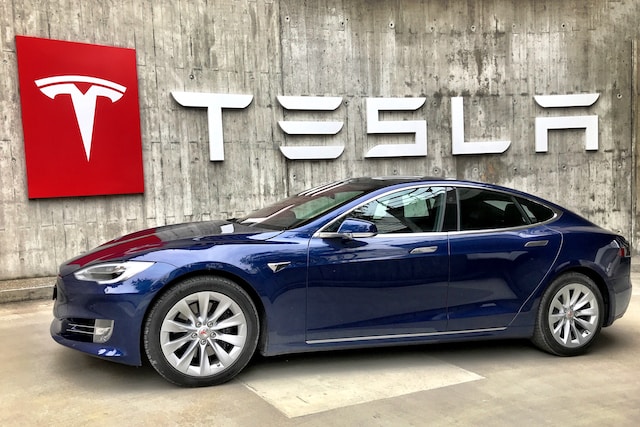In a groundbreaking move that highlights the dynamic nature of the electric vehicle (EV) industry, General Motors (GM) has recently embraced Tesla’s charging system. This decision has sparked excitement among both Wall Street investors and industry experts, as it signifies a significant step forward in the world of EV infrastructure. In this article, we will delve into the implications of GM’s adoption of Tesla’s charging system and discuss how it could shape the future of the EV market.
The EV market has been rapidly evolving, with numerous automakers vying for dominance. Tesla, known for its innovative approach to electric vehicles and charging infrastructure, has established itself as a frontrunner in the industry. Its Supercharger network has become synonymous with convenient and rapid charging, providing Tesla owners with a superior charging experience. Recognizing the value and efficiency of this system, GM has now decided to integrate it into its own EV lineup.
The decision to embrace Tesla’s charging system demonstrates GM’s commitment to offering a seamless charging experience to its customers. By leveraging the existing Supercharger network, GM can tap into an extensive infrastructure that spans across numerous countries, giving its EV owners access to a robust charging network. This move is expected to address one of the key concerns among potential EV buyers—the availability and accessibility of charging stations.
Wall Street investors have reacted positively to GM’s decision, indicating their confidence in the company’s strategic direction. The move has been seen as a bold and forward-thinking step by GM to enhance its competitiveness in the EV market. As the demand for electric vehicles continues to grow, the availability of a reliable and widespread charging network becomes crucial. By partnering with Tesla’s charging system, GM is positioned to meet the evolving needs of EV owners and potentially attract new customers who value the convenience and reliability of charging infrastructure.
Furthermore, GM’s adoption of Tesla’s charging system could have broader implications for the EV market as a whole. It sets a precedent for collaboration and interoperability between automakers in the realm of charging infrastructure. This move encourages other manufacturers to explore similar partnerships, ultimately leading to the development of a more comprehensive and interconnected charging network. Such cooperation will undoubtedly benefit EV owners, fostering a competitive and sustainable market that promotes the widespread adoption of electric vehicles.
In conclusion, GM’s embrace of Tesla’s charging system has garnered significant attention and applause from Wall Street investors and industry experts. By incorporating the renowned Supercharger network into its own EV lineup, GM aims to provide its customers with a seamless charging experience. This move not only addresses the concerns of potential EV buyers but also demonstrates GM’s commitment to staying ahead in the competitive EV market. Moreover, the decision sets a positive precedent for collaboration between automakers, fostering the growth of a comprehensive and interconnected charging infrastructure. As the EV market continues to evolve, partnerships like these will play a vital role in shaping the future of sustainable transportation.












